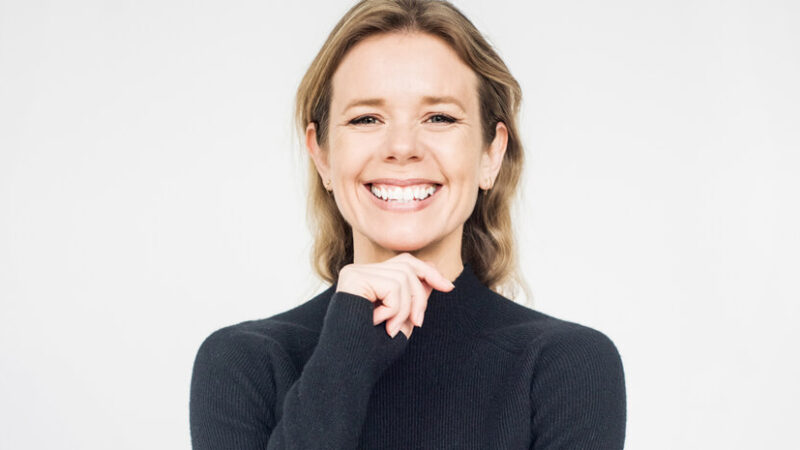So often, we compartmentalize our lives, with the spiritual stuff over here and everything else over here. The more I’ve noted this tendency in myself, the more I’ve tried to bring the same open awareness to tasks such as shopping, work, and doing the dishes that I bring to reading sacred texts and meditation.
I’m always on the lookout for teachings that understand the essential unity of all existence, whether it manifests as the transcendent or the banal. When I first read a translation of the Vijnana Bhairava—one of the key texts of non-dual Kashmir Shaivism, the tradition from which Indian Buddhist Tantra evolved—I was delighted to find that its 112 dharanas, or practices, ranged from the subtle and obscure to the sensuous and embodied. In other words, its techniques for meditative awareness encompassed all of life.
Earlier this summer, I had the pleasure of working with one of my favorite Sounds True authors, Sally Kempton, to record a new program called Doorways to the Infinite: The Art and Practice of Tantric Meditation. In this program, to be released next spring, Sally explores the practices of the Vijnana Bhairaiva, unpacking the deeper meanings of the dharanas and offering guided meditation practices that evoke their unique flavors.
Each of the Vijnana Bhairava’s verses—which are presented as a conversation between the supreme lord Shiva and his consort Parvati—offers a doorway to expanded consciousness. Some are concerned with the space between breaths, the ascent of kundalini, and mantra practice—familiar subjects for spiritual practitioners. Other dharanas focus on the taste of food, on touch, on sexual ecstasy.
Still others point toward immediate realization of the Self as pure consciousness.
These dharanas prove that the ancients knew what we are rediscovering today—that spirituality is not something apart from all the other aspects of our lives. In Tantric teachings, the human body is a mirror of the cosmic body. When we have a felt sense of this unity of body and spirit, there’s no more gap between our spiritual lives and our ordinary lives. All life is spirit, and everything is our path to awakening.





